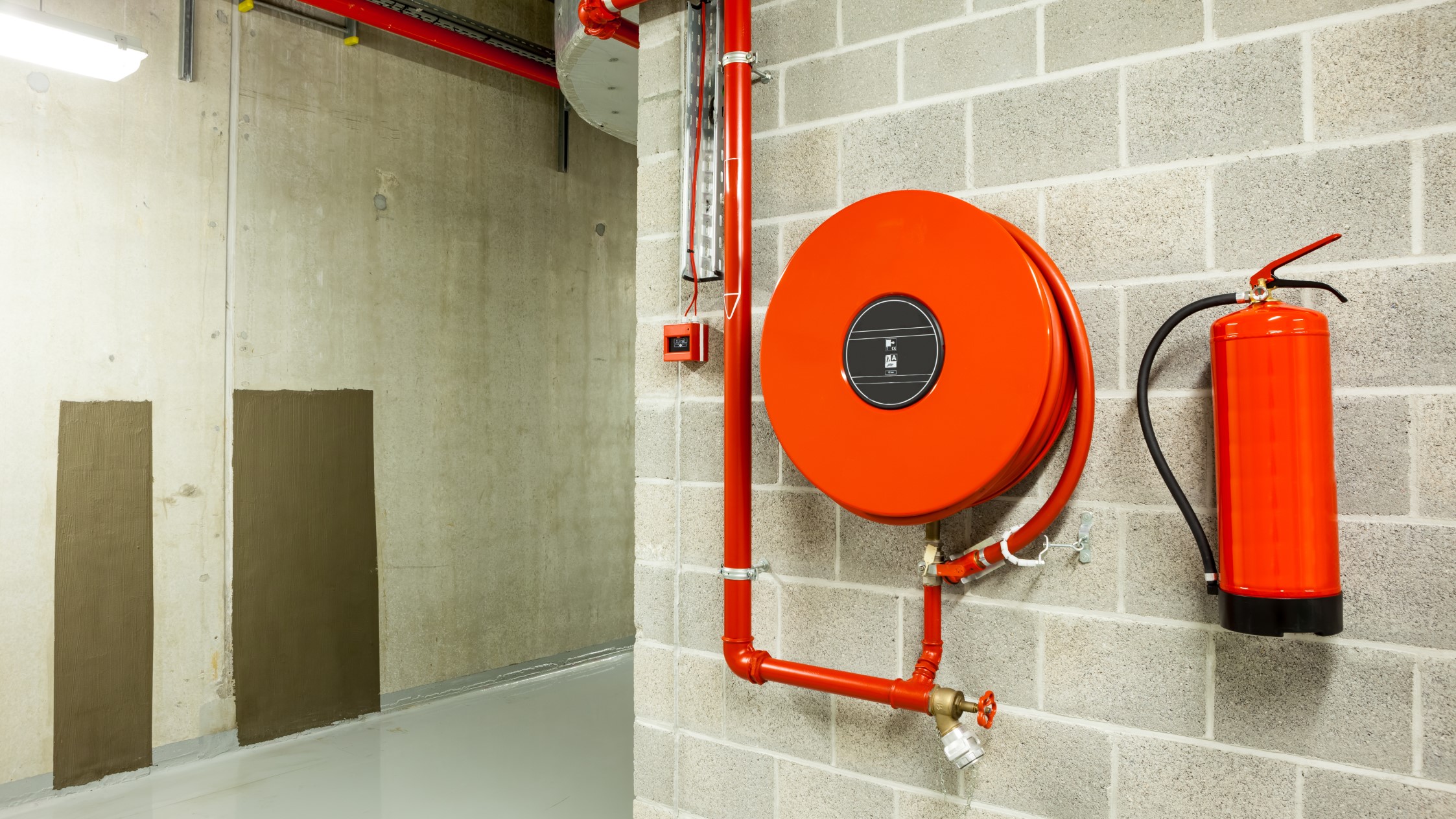
Q: I am a building surveyor, working on a commercial project and acting for the company that intends to lease a few floors of the building. As I was familiar with the site, the building owner allowed me to borrow his keys so I could visit on my own and double-check something.
After completing my inspection I locked up again, returned the keys to the owner and completed my report for my client. I received a call from the building owner a few days later informing me that I must not have adequately resecured the site while I was inside, as vandals had managed to gain entry and cause significant damage after I had left.
Can the building owner sue me for his losses?
A: The risk posed by vandalism is not new and site security remains an important consideration. From the question, it is apparent that the surveyor ought to have been more careful when attending site, to ensure it was secure during and after their visit.
The current edition of Surveying safely: health and safety principles for property professionals, RICS guidance note, would have helped the surveyor here. For example, section 6 provides guidance on site visits, including pre-visit checklists.
This might have helped the surveyor to have identified and eradicated the risk before their visit. Subsection 6.4 includes a reminder to secure the site after attendance, while 6.5 recommends they complete a review after their visit.
Having failed to follow best practice on health and safety, the surveyor's main question is whether this will leave them exposed to a liability for the damage caused by the vandals. As there is no contract between the surveyor and the building owner there can be no contractual claim, only a potential claim in tort.
Distinct from any contractual or statutory obligations, tort imposes a civil liability for breach of legal obligations. The most common tort is the tort of negligence. This imposes an obligation not to breach a duty of care that the law says is owed to those who may foreseeably be injured – physically or financially – by particular conduct.
Professional found liable
The extent or otherwise of a consultant's tortious liability in these circumstances came into focus in a recent case based on very similar facts, albeit against an architect rather than a surveyor.
In Rushbond Plc v The JS Design Partnership LLP [2021] EWCA Civ 1989, the Court of Appeal overturned a first-instance decision to strike out a property owner's claim against an architect.
The marketing agents for a large, disused cinema in the centre of Leeds allowed a potential purchaser's architect to inspect the property. The architect attended unaccompanied, turned off the alarm, and entered by a side door that he shut behind him but did not lock.
After spending about an hour inside the property he left, relocking the door and reactivating the alarm. However, some vandals had gained access while the door was unlocked and hid inside the property while the architect was carrying out his inspection, later starting a fire that caused substantial damage to the interior and the roof of the building.
The owner sued the architect for £6.5m, alleging negligence. The claim was in tort, as the owner had no contract with the architect. The architect applied to have the claim struck out and the High Court sided with him, holding that his wrongdoing was a 'pure omission'. In other words, he did not start the fire, causing or permitting the harm, he simply omitted to lock the door. The general position is that the law does not impose liability for 'pure omissions'.
However, the Court of Appeal disagreed, finding it 'arguable' – which is the test when determining whether or not to strike out a claim – that this was not a case of 'pure omissions'. In any event, this was a case that fitted into a line of authority that potentially rendered the architect liable for the consequences of his failure to take reasonable steps to ensure that the property was properly protected during the visit.
One of the Court of Appeal judges, Lord Justice Coulson, held as follows.
-
As a matter of general principle, it was 'fanciful to suggest that, while [he was] the sole occupant of the property, trusted with the keys, the respondent owed no duty of care to the claimant to take reasonable precautions as to security'.
-
Arguably, this was not a 'pure omissions' case. The architect was 'involved directly in the activity that allowed the intruder to enter the property'. The exclusion of liability for 'pure omissions' did not cover cases where a failure to do one thing – that is, to lock the door – was part of a wider activity that gave rise to the loss.
-
This case fitted in a line of authority concerning the duty to take reasonable steps to keep a property secure, beginning with Stansbie v Troman [1948] 2KB 48.
Lord Justice Coulson also suggested that, if a full trial revealed that this was indeed a 'pure omissions' case, the trial judge might find that an exception to the rule applied, either because the architect had created the danger or because he had assumed responsibility. In doing so, Lord Justice Coulson disagreed with the High Court judge's view that assuming responsibility required the architect to have held himself out as having some special skill or expertise in safeguarding property. Locking a door did not require any specialist skill.
Applying this Court of Appeal decision to the scenario and question at hand, it seems that it is arguable that the surveyor owed a duty of care to the building owner to take reasonable precautions as to security. In failing to properly secure the building during their site visit, then, the surveyor may ultimately be found liable in tort for the losses incurred as a result.
Whether or not the consultant is adjudged to have taken reasonable steps to secure the building will turn on the facts of the case. But clearly having robust processes in place – as recommended in the Surveying safely guidance note – is likely to help a surveyor, in these unfortunate circumstances, to show that they did not breach their duty of care, despite having a role in the events that led to the damage.
David Greenwood is a senior associate at Pinsent Masons
Contact David: Email
Related competencies include: Health and safety, Inspection

